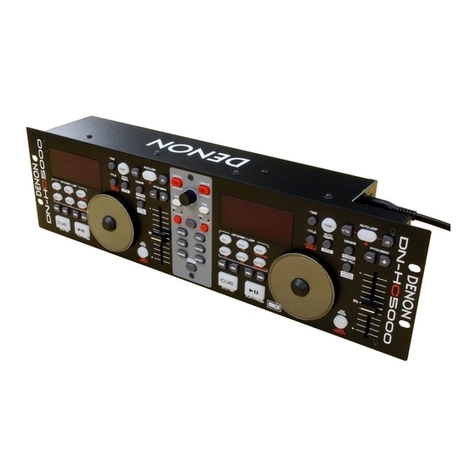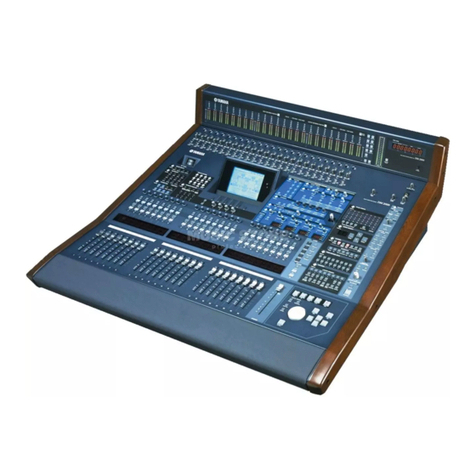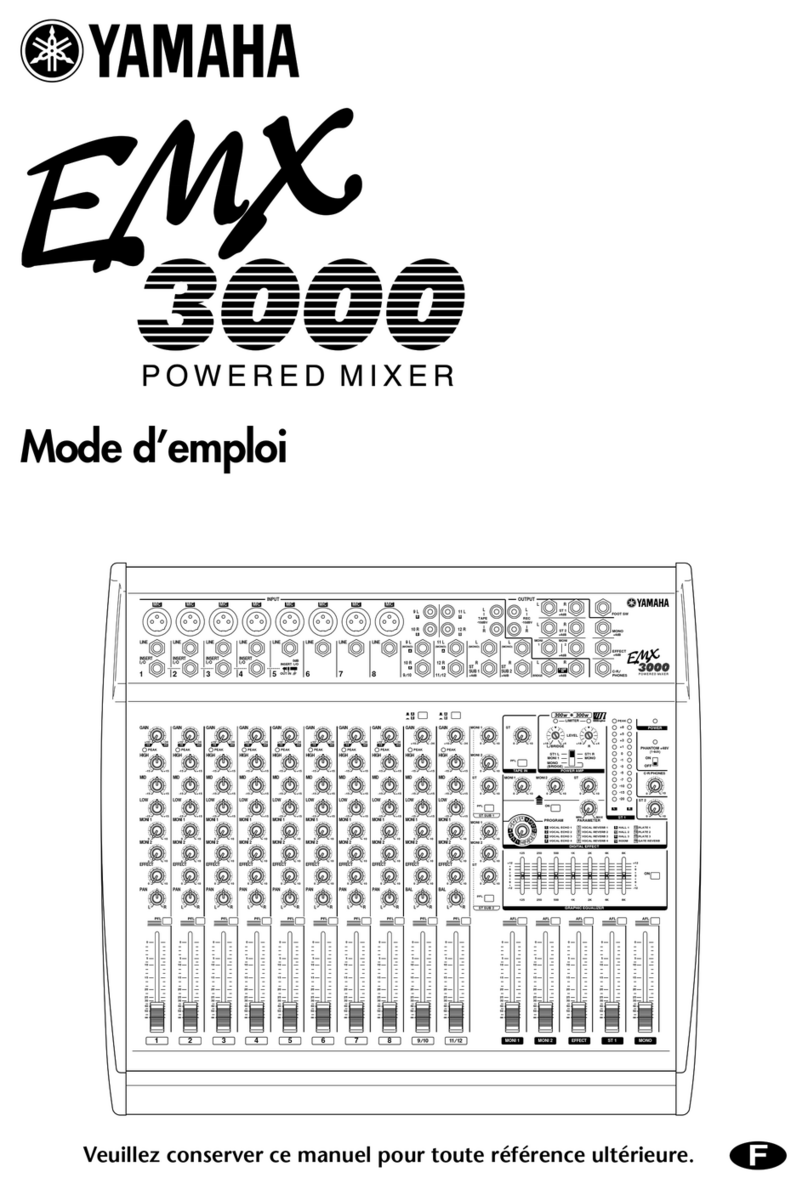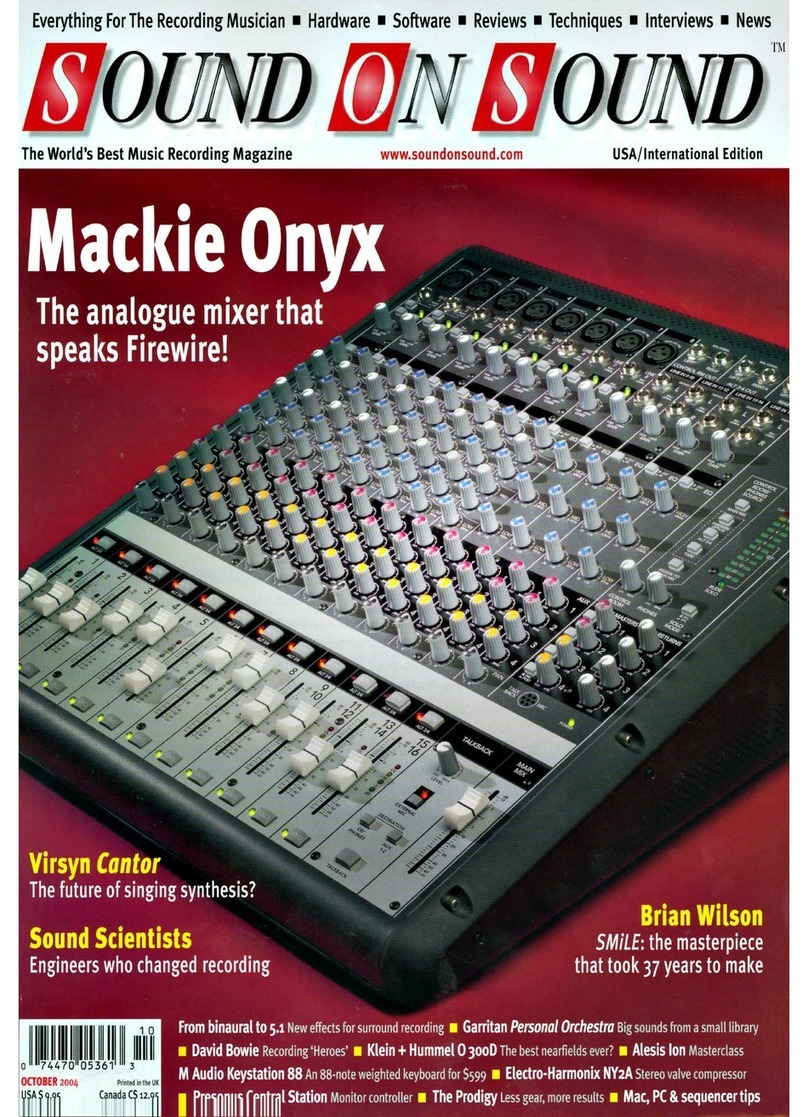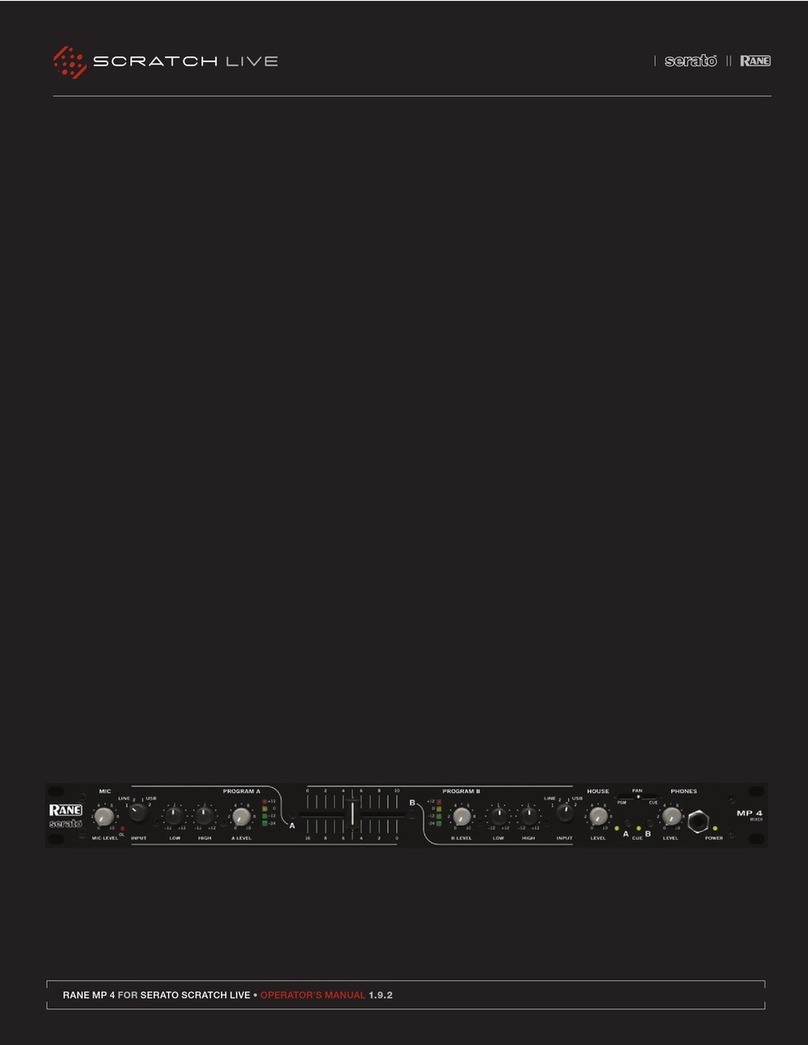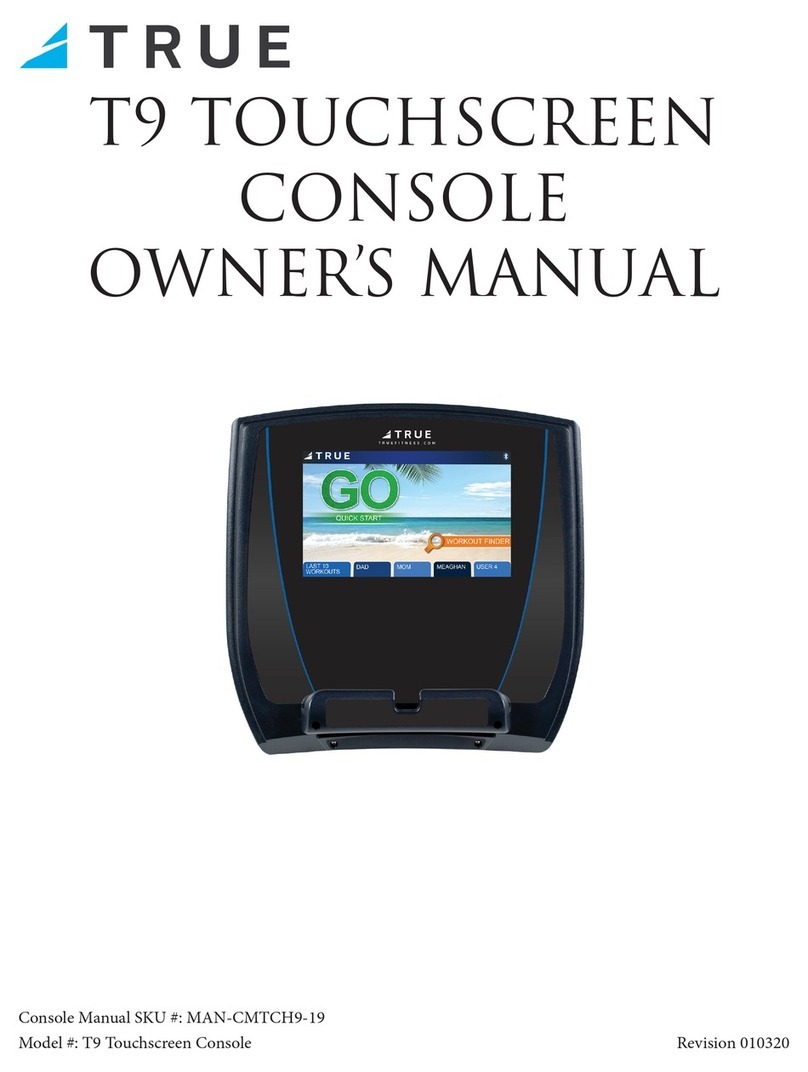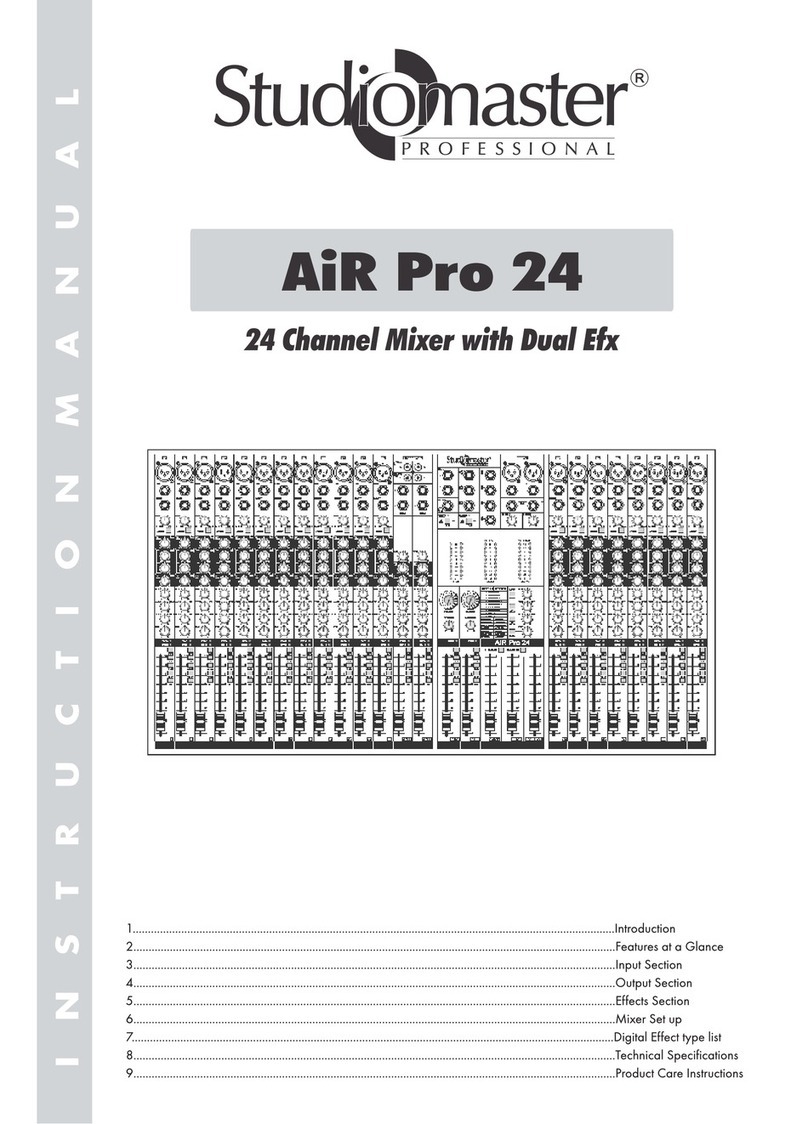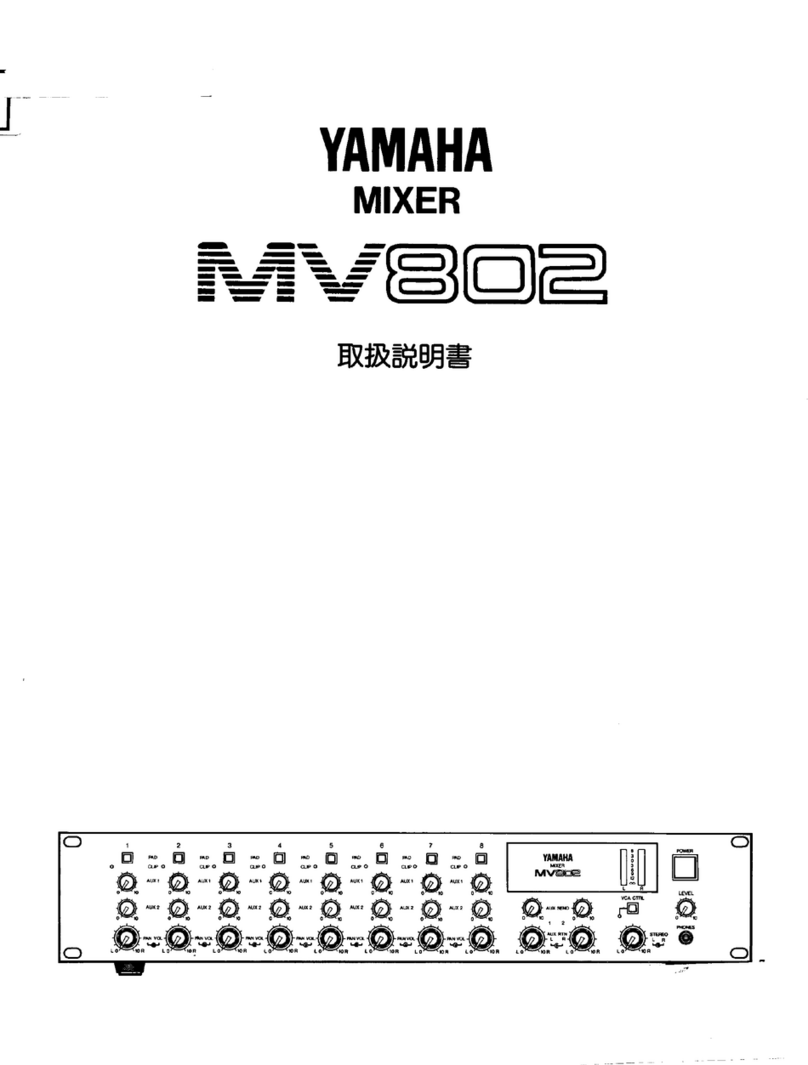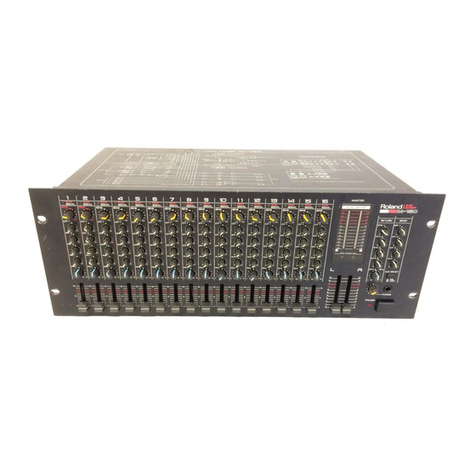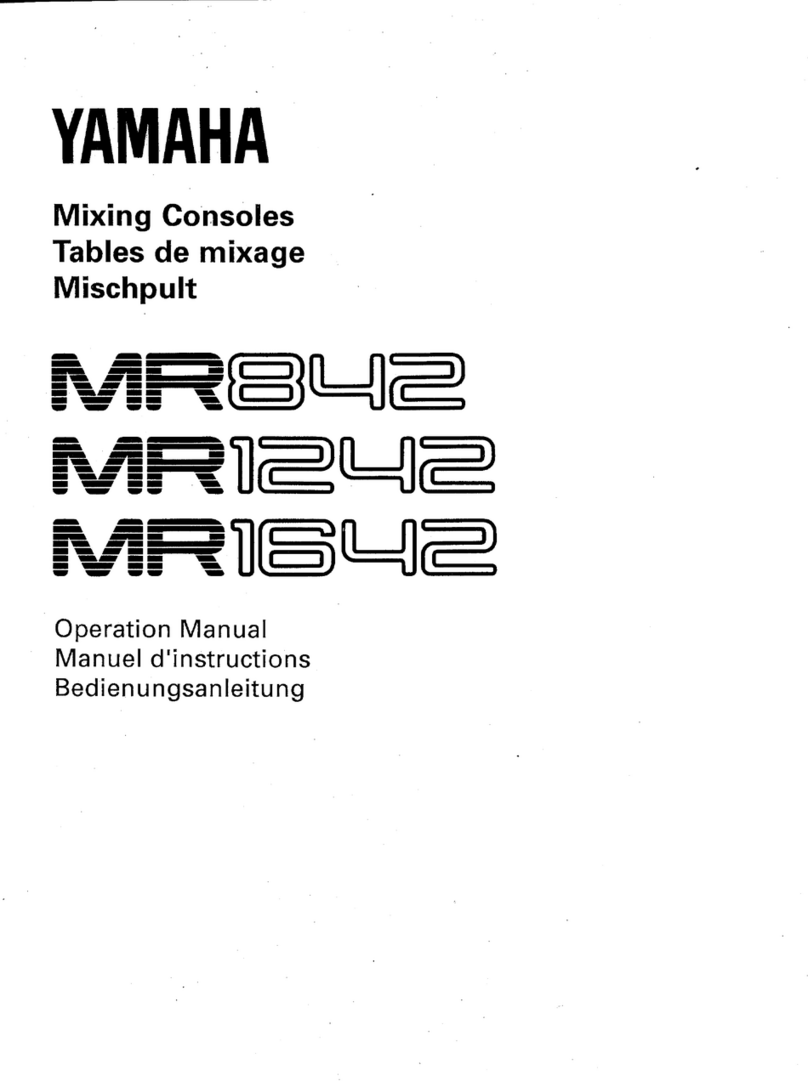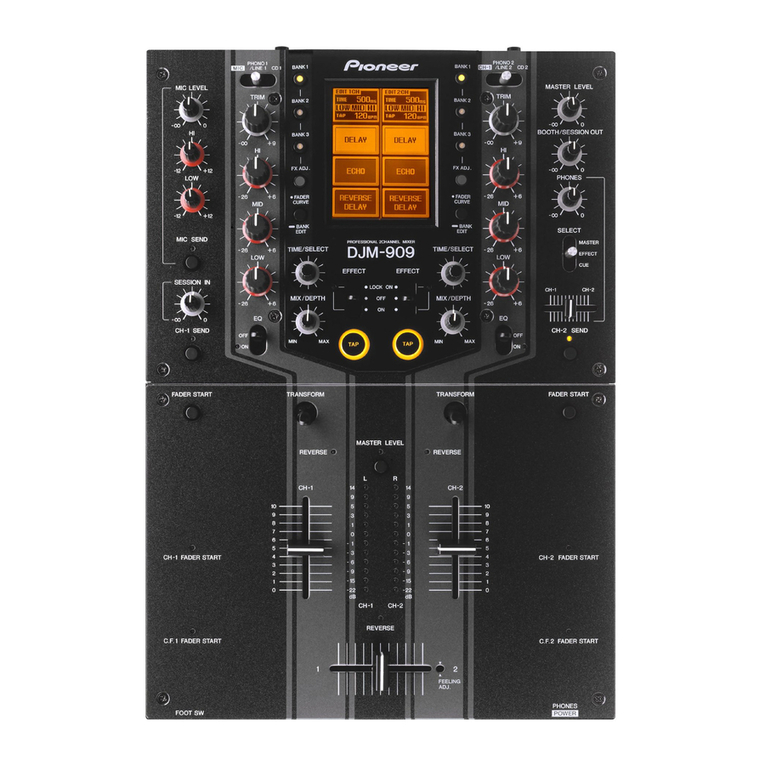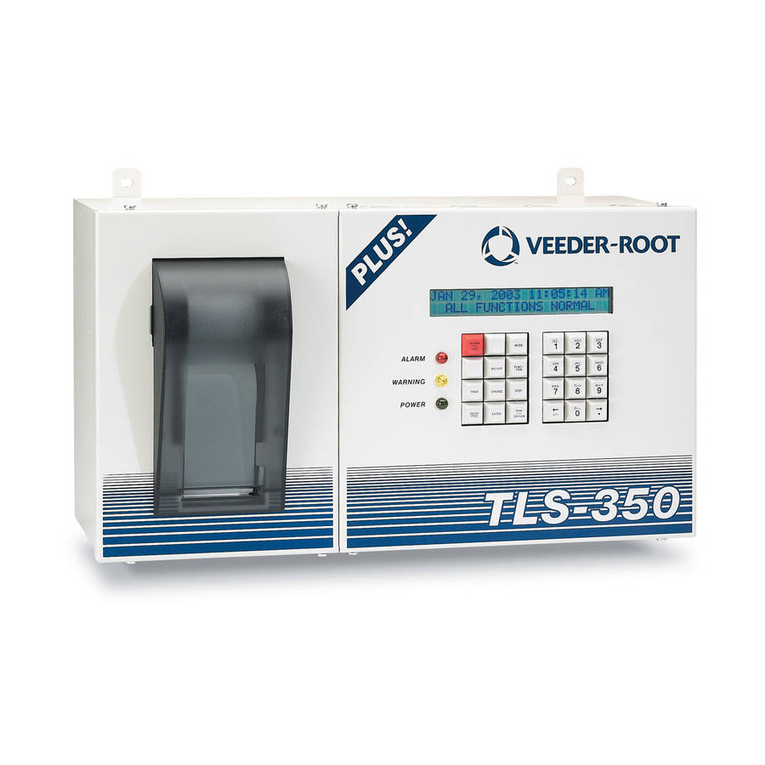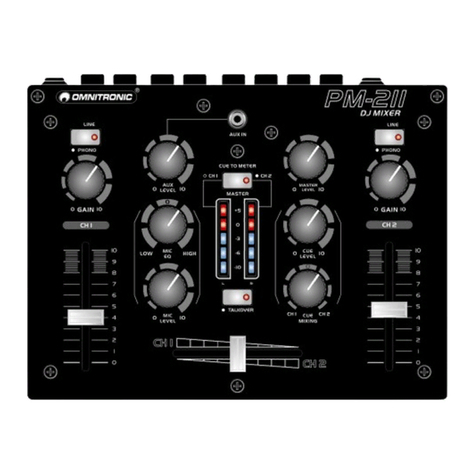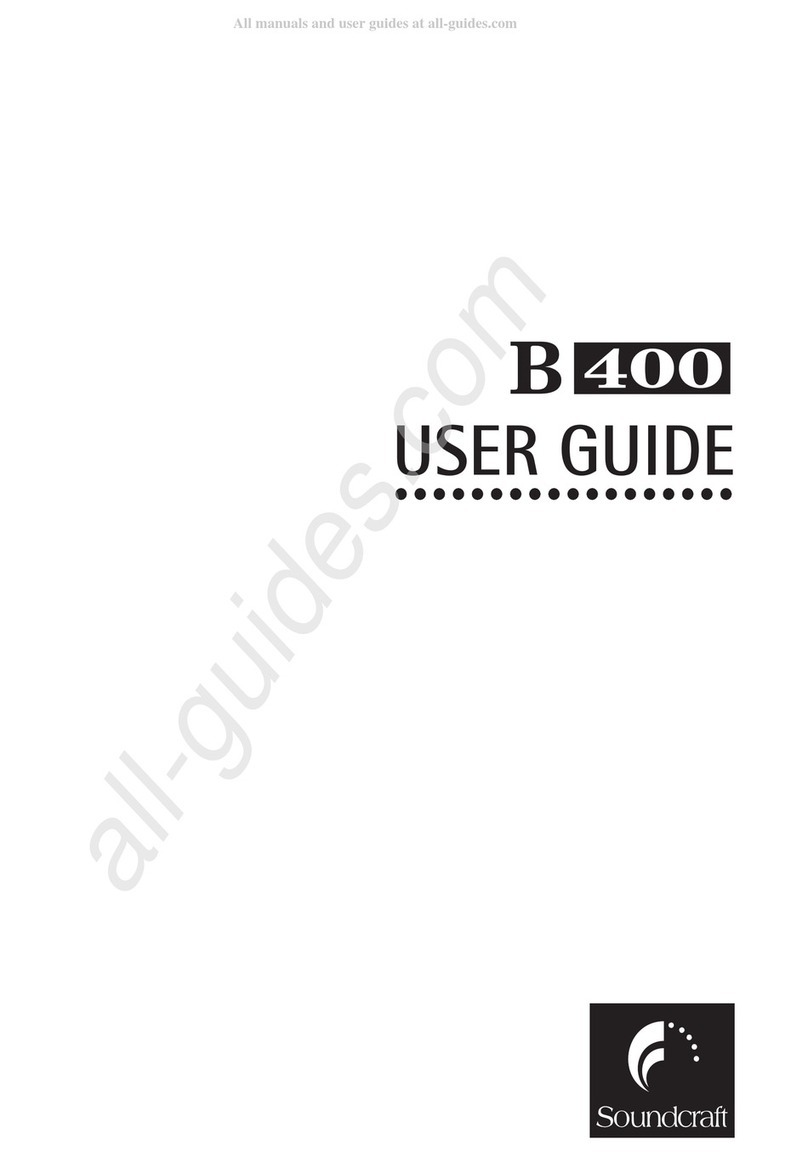Rodec MX240 MKIII User manual

• OPERATING INSTRUCTIONS - p.2
• MODE D’EMPLOI - p.7
• GEBRUIKSAANWIJZING - p.12
• BEDIENUNGSANLEITUNG - S.17

RODEC MX240 MKIII
2
TABLE OF CONTENTS
- Specifications - 2 -
- Safety instructions - 3 -
- Installation of the mixing panel - 3 -
- Frontpanel, switches and control - 3 -
- Connections - 4 -
- Operating instructions - 5 -
- Subsonic filter - 6 -
- Remote control option - 6 -
- Pictures on cover - 23 -
SPECIFICATIONS
Inputs Input sensitivity Signal/Noise Ratio Remarks
PHONO 1-6
MD/AUX 1-6
CD/DAT 1-6
MIC 1-6 symm.
2.3mV/50kΩ
220mV/50kΩ
220mV/50kΩ
4.0mV/4kΩ
< -80dB
< -93dB
< -93dB
< -83dB
RIAA correction
Outputs
Master 1 symm.
Master 2 assymm.
Monitor assym.
Recording 1-6
Phones
3.3V/600Ω
1.55V/10kΩ
775mV/10kΩ
500mV/10kΩ
12V/600Ω
Subsonic filter
Subsonic filter
Subsonic filter
Recording out selector
Phones 200-600Ω
- Tone controls: Bass +/-13dB @ 100Hz
Middle +/-13dB @ 1kHz
High +/-13dB @ 10kHz
- Subsonic filter: -25dB @ 10Hz
- Power source: Panels are leaving the factory on: 230V / 50Hz-60Hz
on request: 100V-117V / 50Hz-60Hz
- Fuse: T500mA
- Power consumption: OFF=2.0VA ON=34.5VA
- Approbation: CE-approved
- Dimensions: Front: 482mm x 310mm (19” x 7HE)
Chassis: 444mm x 295mm x 150mm
- Weight: 7.7kg
DESIGN AND SPECIFICATIONS ARE SUBJECT TO CHANGE WITHOUT PRIOR NOTICE.
MODEL MX240MKIII
SERIAL NUMBER …………………………… (on the back of the set)
Please give model and serial number when you request info.
Thank you very much for purchasing the RODEC mixing panel MX240MKIII.
This mixing panel is a topline mixing panel, capable of outstanding performance in combination with
high grade systems.

RODEC MX240 MKIII
3
SAFETY INSTRUCTIONS
1) Do not expose the set to rain or water. Do not spill liquid or insert (metal) objects inside the
set. Rain, water or liquid such as cosmetics as well as metal, may cause electric shocks,
which can result in fire or shock hazard. If anything gets inside, unplug the power cord.
2) Frayed cords and broken plugs may cause a fire or shock hazard. Do not damage the power
cord. When removing the power cord from wall outlet, be sure to unplug by holding the plug
attachment and not pulling the cord.
3) Do not open the set, there are no serviceable parts inside.
Only qualified service technicians can service inside your set.
4) Operate the set only from a power source which is indicated on the rating label at the back of
the set.
5) Do not use chemical products to clean the set. Do not use contact spray or other products in
the faders. The contact spray can damage the faders.
INSTALLATION OF THE MIXING PANEL
1) The set can be used in every position.
2) Don’t place the set into direct sunlight, or in a warm moist or dusty place.
3) To avoid disturbances, do not place the set in the neighbourhood of disturbing apparatuses.
FRONTPANEL, SWITCHES AND CONTROL
1) Power switch
Controls the supply of AC power to the set. One push turns the mixing panel on, a second
push turns it off. It remains in a stand-by mode.
2) Power "ON" on indicators
These indicators light up when the power is on.
3) VU meters
The two left meters indicate the PFL -or split signal. The right VU-meter displays the output
signals, depending on the position of the VU-2 signal select switch (4).
4) VU-2 signal select switch
With this switch is it possible to select the signal displayed on the two right VU-meters. When
the switch is on the SUM position the mix-signal will be displayed. On the positions MASTER
1, MASTER 2 and MONITOR the according outputsignals will be displayed.
5) Mode Switch
This switch is to be used to set the mixing panel in mono or stereo mode. This does not work
on the monitor output
6) Phones output
Output for high level headphones monitoring. With the PFL switches (9) the connected audio
sources or the output (in split mode) can be displayed without manipulating the output signal
(Headphones 200-600Ω).
7) Phones control
This button is used to adjust the volume of the headphones.

RODEC MX240 MKIII
4
8) Left ear signal select switch
With this switch you can listen to the mixed signal in the left loudspeaker of the headphones.
On this point the signal also appears on the right VU-meter. On the right headphones speaker
and the left PFL VU-meter will the PFL-signal still be displayed.
9) PFL switches
With these switches you can select the different input sources that you will listen to with the
headphones.
10) Input selector
This switch is used to select the input signal: PHONO/AUX/CD/DAT/MD or
MICROPHONE.
11) Level adjuster
These controls are used to adjust input levels of the different inputs.
12) Equalizer controls
This is used to regulate the degree of treble, middle and bass in the sound.
13) Balance-Pan control
The balance between the amount of sound on the left and on the right is adjusted by using this
knob. When it is set to the center position, the gain is the same for the left and the right
channel.
14) Channel faders
Volume control for every input.
15) Remote control switch option
This switch is used to start and/or stop any connected apparatus from the mixing panel.
16) Master output fader
Volume controls final output of mixer towards slave or integrated amplifers.
17) Monitor output fader
Volume control for the signal level for the monitor output.
18) Crossfader
With this fader you can easily fade over between the channels 1-2 and 3-4. When the knob
stands completely to the left the signal of the channels 1 and 2 will appear on the output.
When the knob stands completely to the right the signal of the channels 3 and 4 will appear on
the output.
CONNECTIONS
A) PHONO input
Phono input with a sensitivity of 2.3mV and build in RIAA correction.
B) Ground
If the recordplayer has a ground wire, connect it to the ground terminal.
C) MD/AUX input
Input with a sensitivity of 220mV. To connect different apparatuses such as a tuner, tape
recorder, mini disc, cassette recorder or (HIFI) video recorder.
D) CD/DAT input
Input for compact disc players and digital tape recording.
E) Micro input

RODEC MX240 MKIII
5
Balanced microphone input. To reduce the interference on the microphone cord, you have to
use a microphone with balanced output. The use of a microphone without balanced output is
also possible, in this case please get in contact with your RODEC dealer.
F) Recording outputs
Outputs to connect cassette recorder or (HIFI) video recorders to make recordings.
G) Master output 1
Symmetrical output to connect a power-amplifier. The output level can be manipulated with
the master fader 1 (16) from 0 to maximum (3.3V).
H) Master output 2
Assymetrical output to connect a power-amplifier. The output level can be manipulated with
the master fader 1 (16) from 0 to maximum (1.55V).
I) Monitor output
Extra output from where the output voltage can be controlled from 0 to maximum (775mV)
with the monitorfader (17).The mono/stereo switch has no influence on this output.
J) Remote control terminal option
The terminal is completely independent of the electronics of this set.
Only for switching low current/low voltage.
K) Second headphones connector
On this output appears the same signal as on the headphones-output on the frontpanel (6) on
condition that the connection on the frontpanel is not in use. The specifications are the same
as the headphones output on the frontpanel.
Please use signal cables shorter than 1 meter for the inputs and the outputs.
OPERATING INSTRUCTIONS
1) First switch all the connected music-sources on (like CD-players, recordplayers, etc.). Then
switch the power button (1) to turn the power supply on. The power indicators (2) will light up
and a few seconds later the mixing panel will be in operation, ready state. In this stage you
can turn on the power amplifiers.
2) Connect the headphones to phones output (6) or (K).
3) Choose with input switch (10) the right source.
4) Switch the PFL button (9) in position ON to listen at the desired source. Check that the switch
(8) stands in the PFL position, than you get the stereo signal on the headphones and the two
left VU-meters. The PFL circuit works as a sum-system, there is the possibility to listen to
more sources at the same time. Al these operations have no influence on the outputsignal!
Adjust with the level control (11) the input signal so, that the red indicators of the level meters
(3) light sometimes. Adjust if necessary the quality of the sound with the equalizer (12).
LOOK OUT : - The equalizer at each input is used to adjust the different sound
between the sources. To correct the acoustic of the room it is probably best to
use an external equalizer.
5) Slide up the fader (14) of the choosen source.
6) Adjust with the master (16) the volume.
7) Correct if necessary the panorama/balance with button (13), for monophonic sound set switch
(5) in mono position.
Table of contents
Languages:
Other Rodec Music Mixer manuals

Rodec
Rodec MX300 MKIII User manual
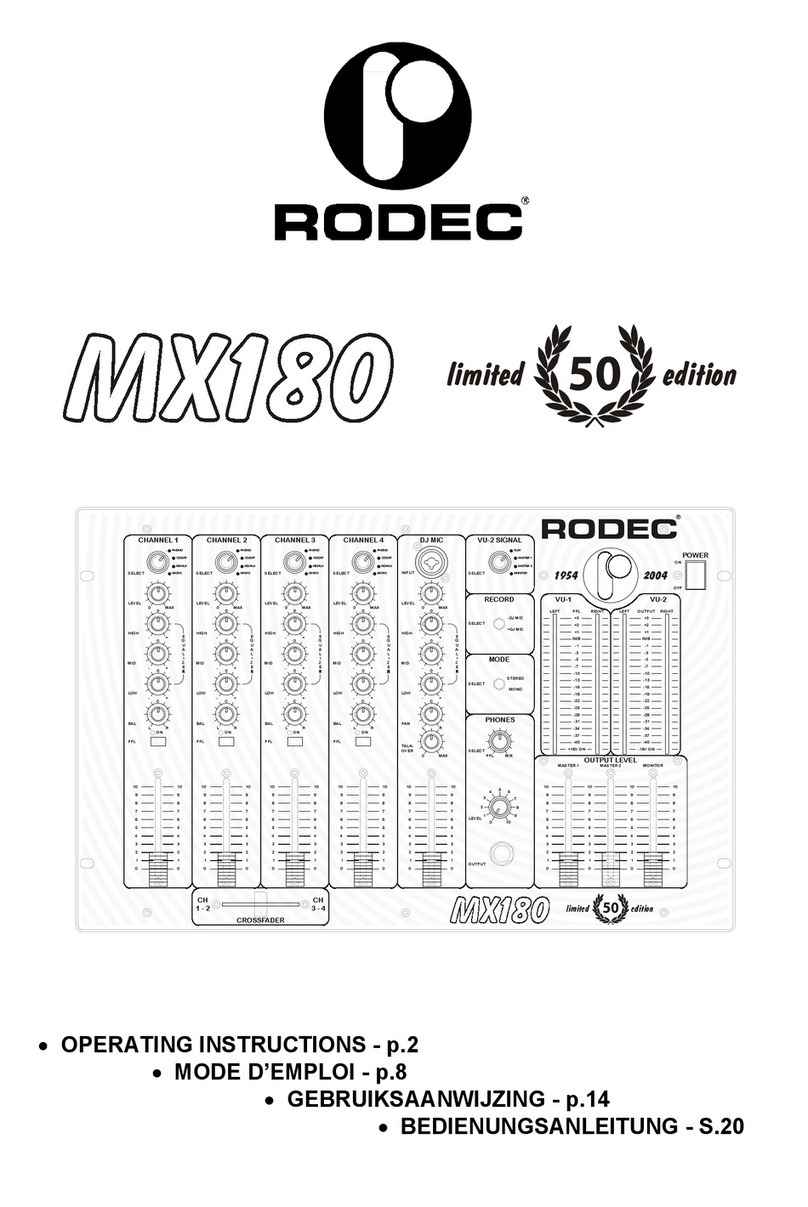
Rodec
Rodec MX180 MKII User manual

Rodec
Rodec MX1400 User manual
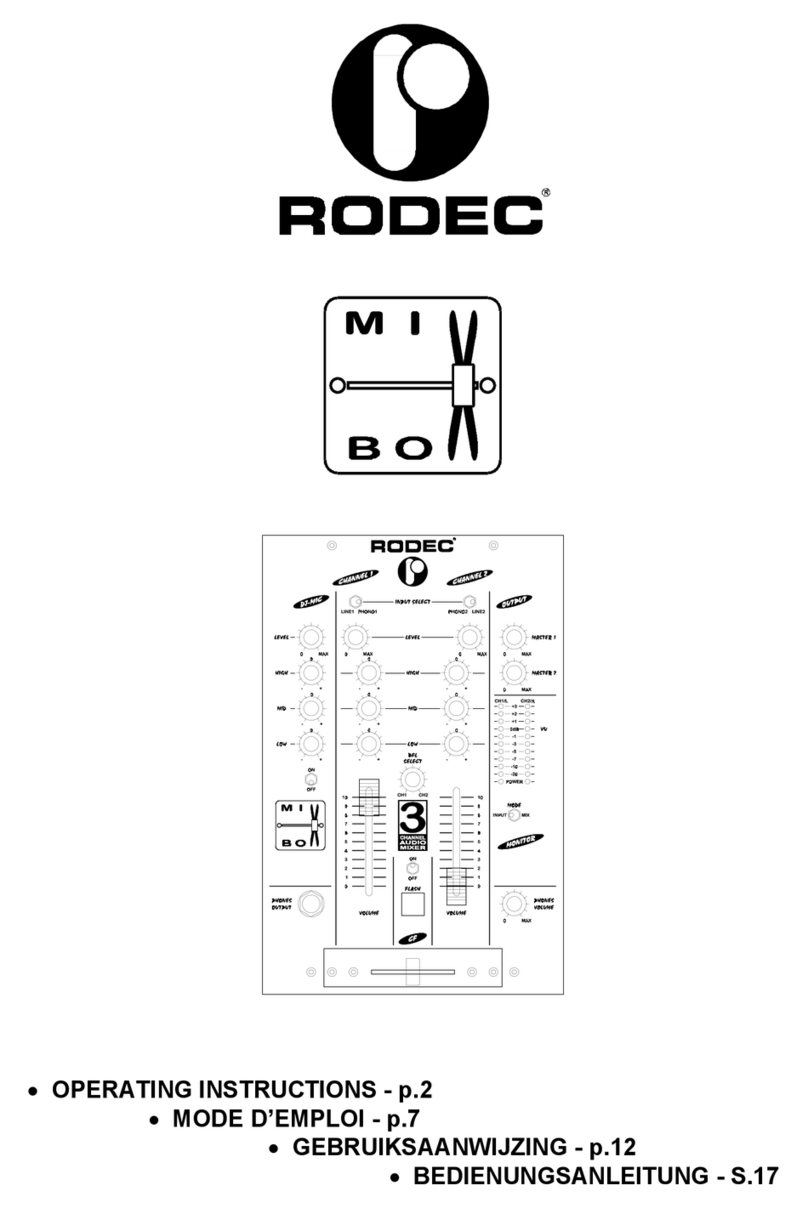
Rodec
Rodec miXboX User manual
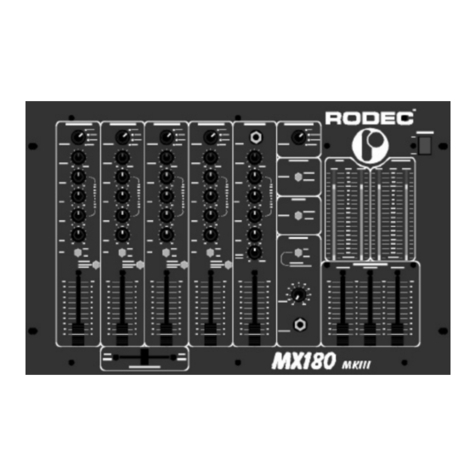
Rodec
Rodec MX180 MKIII User manual
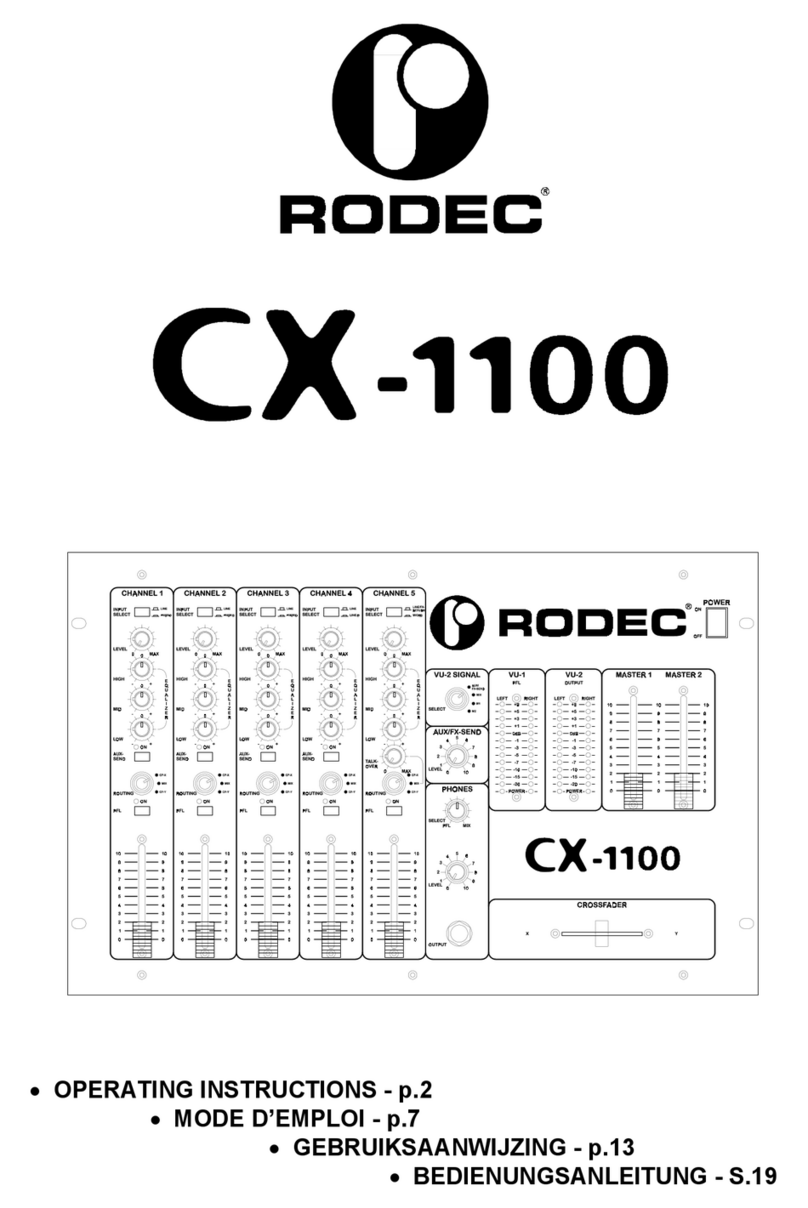
Rodec
Rodec CX-1100 User manual

Rodec
Rodec MX120 User manual
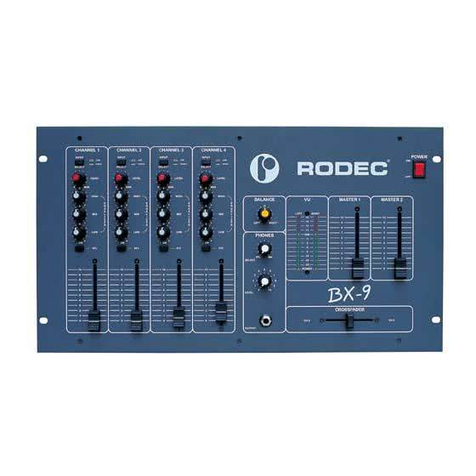
Rodec
Rodec BX-9 User manual

Rodec
Rodec MX180 MKII User manual
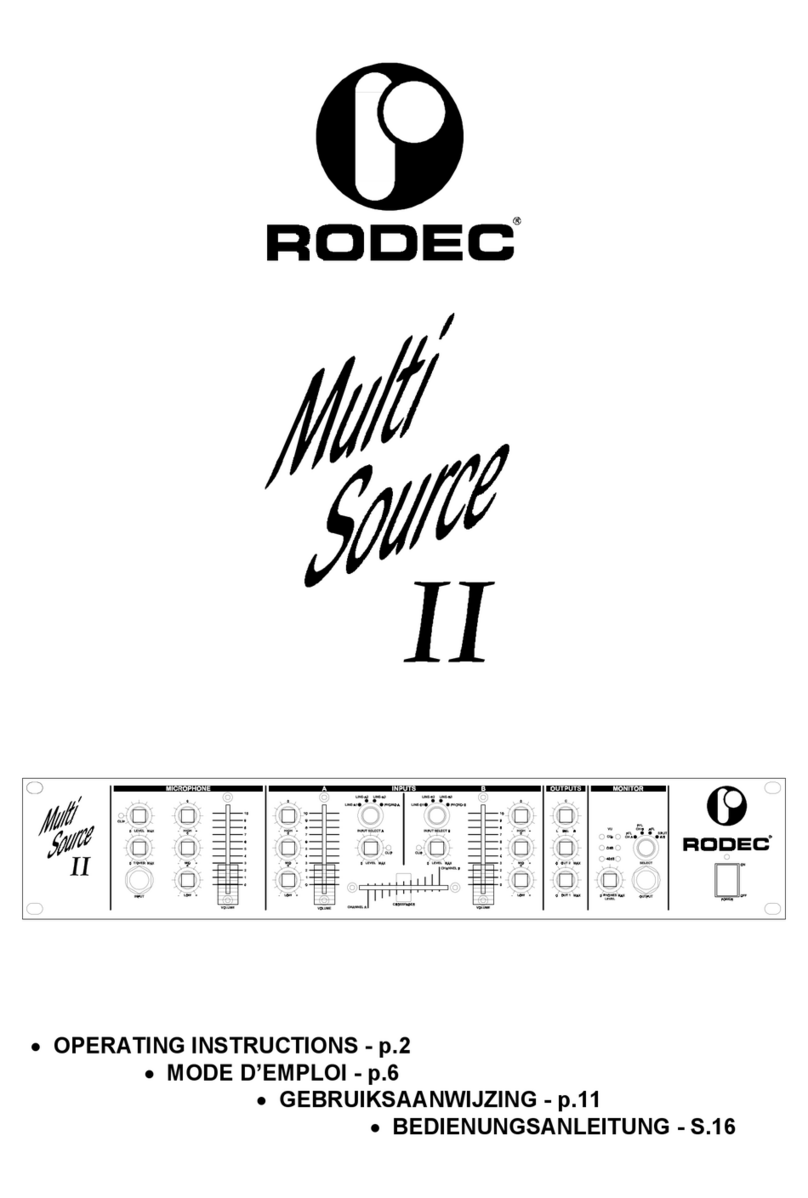
Rodec
Rodec multi source ii User manual
